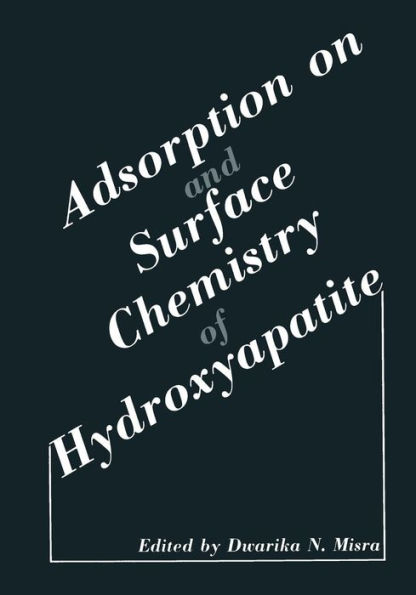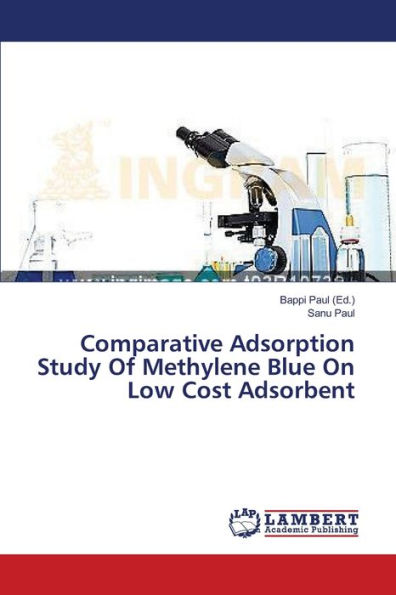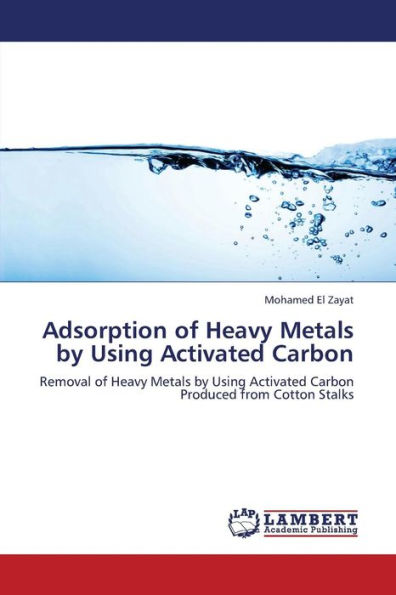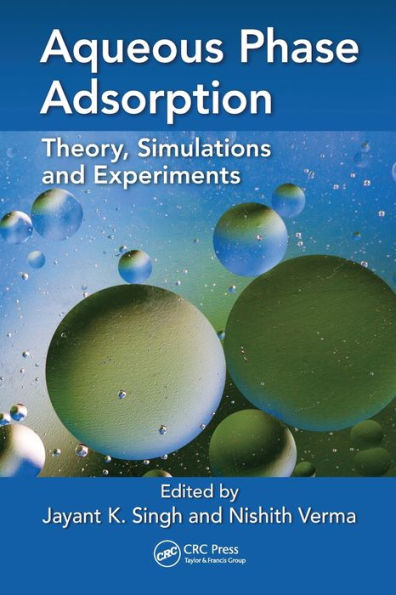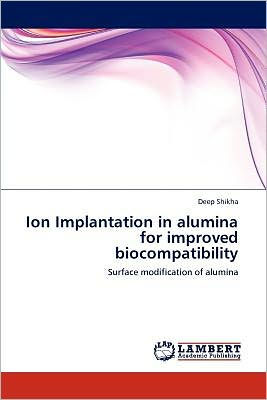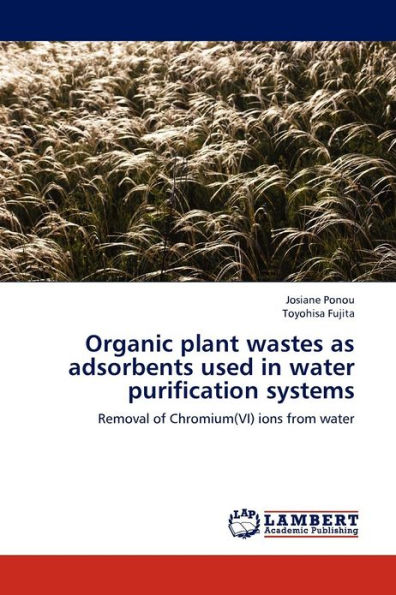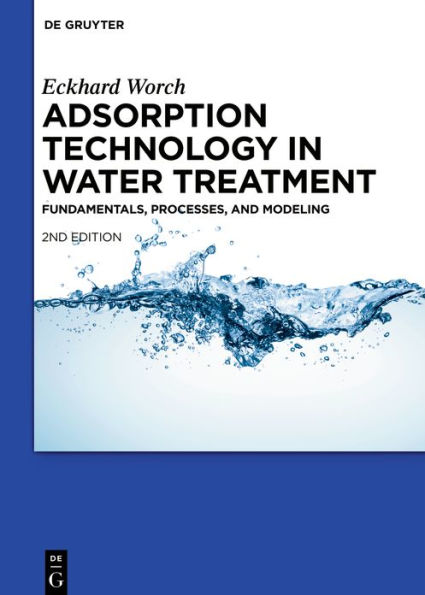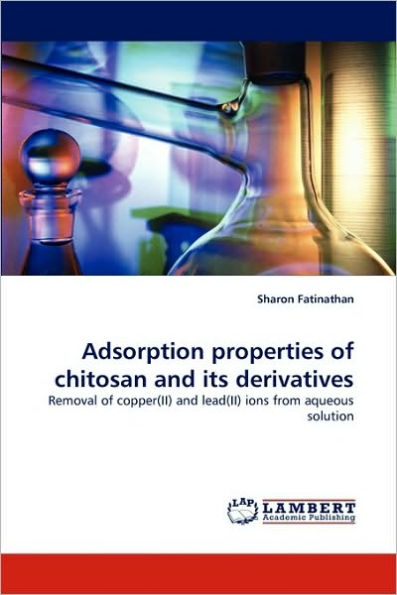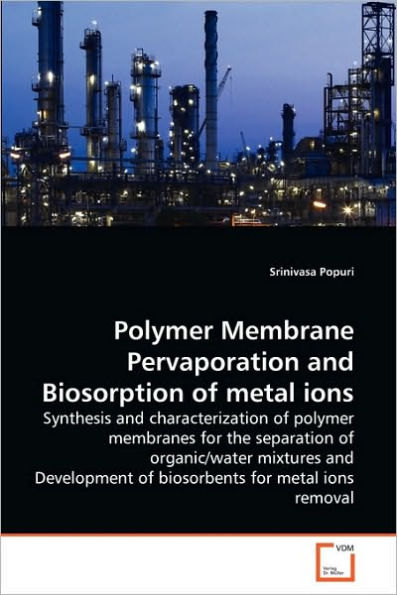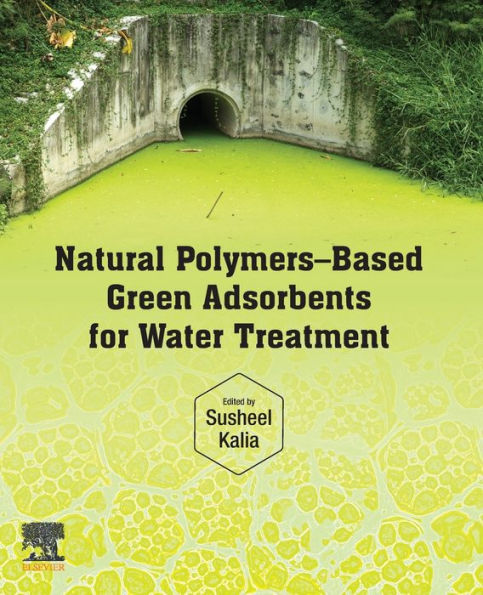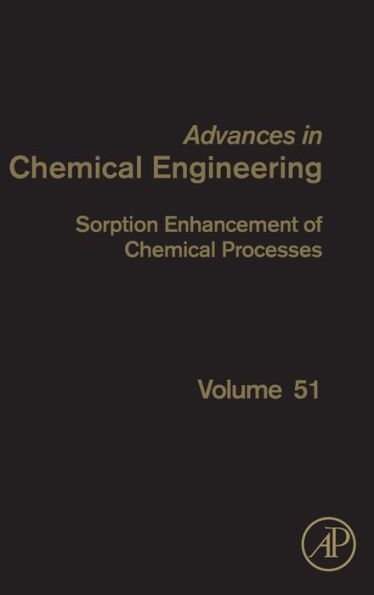Home
Adsorption of Benzoic Acid Analogues at the Alumina/Water Interface


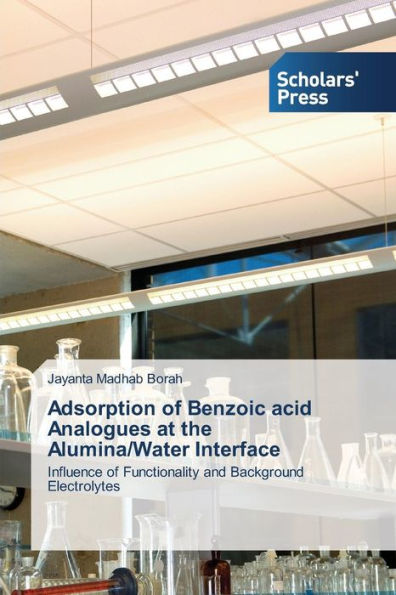
Adsorption of Benzoic Acid Analogues at the Alumina/Water Interface
Current price: $73.33
Loading Inventory...
Size: OS
The adsorption of a surface-active agent at the solid-liquid interface significantly changes the properties of the solid surface. As a result, adsorption of a surface-active agent onto a mineral oxide surface plays an important role in the field of mineral processing, soil remediation, wetting and dispersion stability and various practical fields of science. The interactions of a well-defined and simple organic acid having different functional groups, like -COOH and phenolic -OH groups, with the mineral oxide surfaces are different in the presence of different background ions. Thus ion specificity plays important role in the process of adsorption onto metal oxide surface. The influence of functionality of a surface-active agent is reflected in the adsorption kinetics, adsorption isotherms and surface complexation onto a mineral oxide surface. Nevertheless, the background electrolytes (anions and cations) also significantly govern the adsorption behaviour of a surface-active agent onto a mineral oxide surface. A surface-active agent forms either outer- or inner-sphere surface complexes with the mineral oxide surfaces depending on the chemical environment of the system.
